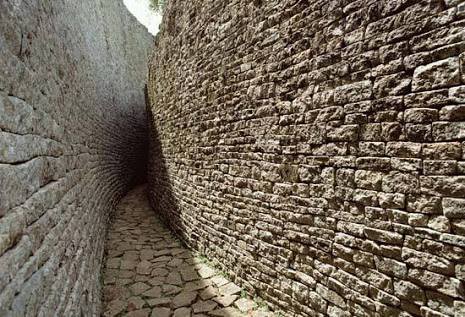Research shows that it was four times longer than the Great Wall of China, and the material consumption for the construction of the Benin wall was far greater than the Great Pyramid of Cheops.
Today, the Benin empire is now a lost and forgotten medieval city. It was by far one of the most ancient and highly developed places in the 11th century in West Africa. It is now located in the southern part of Nigeria.
According to the 1974 Guinness Book of Records, the walls were described as the world’s largest artwork created before the mechanical era. The walls were made of banks and ditches; it covered about 6500 square kilometers and 16000 km length of earth boundaries. Studies show that it took about 150 million hours of work of digging to construct, and construction started as early as 800 AD, spanning through the mid-1400s. All these were done by the Edo people of the Benin city Empire.
READ ALSO: Surprising effects of smoking
The wall, for 400 years, served the Edo people, protecting the people, their traditions, and the historical Benin City in general. They showed proof of the rich African civilization; foreigners who visited attested to the fact that Benin City was vast in civilization, structure, and culture. This great city was one of the first cities to have some form of street lighting; Erected many feet high were metal lamps stationed across the city. These lamps were fueled with palm oil as the wicks burned and lit up the whole city at night, especially near the King’s palace.
Sadly, Africa’s ancient architectural marvel was destroyed by the British troops in 1897 during the Punitive Expedition. The British troops destroyed everything, looted, and blew up the city and the wall. This act destroyed every trace of the rich Benin history, as well as any evidence of African civilization in an early age.
Today, the old Benin City is lost in history, as no preservation was made to keep the memories alive. The only footprint left is probably Chief Enogie Aikoriogie’s house in Obasagbon; this house contains a courtyard that possesses all the features of the architectural structure of the Old Benin. Rumor has it that perhaps some ruins of this ancient wall may be lying forgotten in one thick bush in Nigeria.













